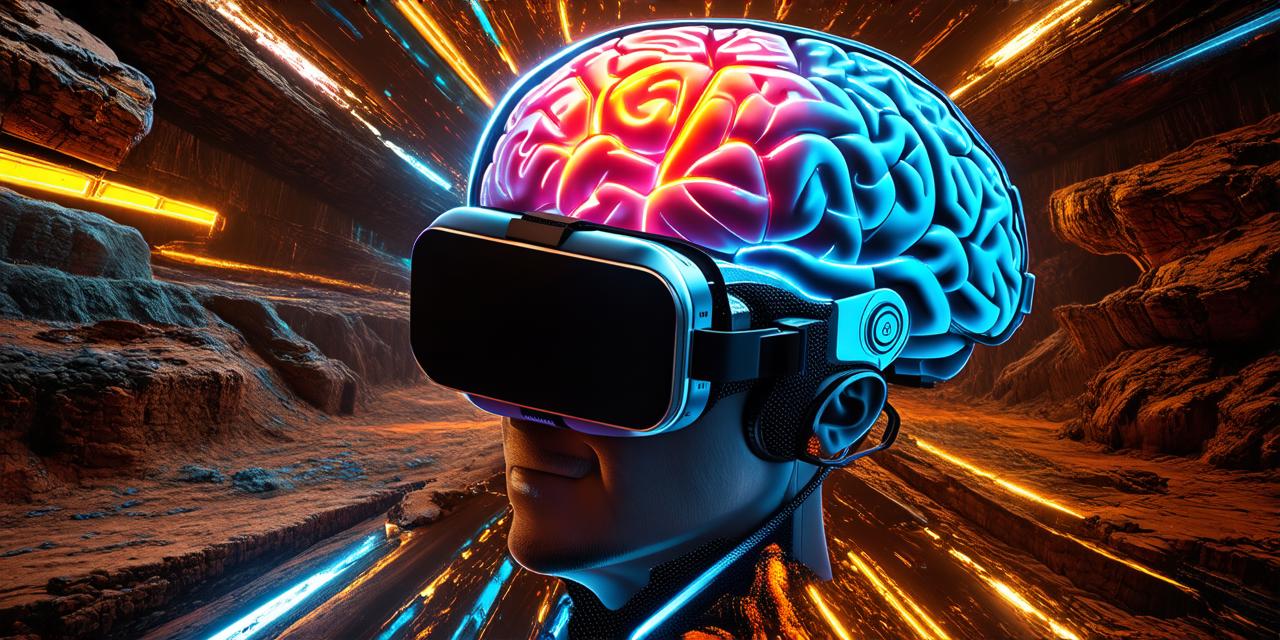Virtual reality (VR) technology has been gaining popularity in recent years as a way to provide immersive experiences in a variety of industries, from gaming and entertainment to healthcare and education.
Market Size and Growth
The global virtual reality market size was estimated at USD 7.1 billion in 2020 and is expected to expand at a CAGR of 29.6% from 2021 to 2028. This growth is driven by the increasing demand for VR technology across various industries, as well as advancements in hardware and software.
Market Segmentation
The virtual reality market can be segmented into several key categories, including:
- Hardware
- Software
- Services
- End-users

Hardware refers to the physical devices used for VR experiences, such as headsets, hand controllers, and sensors. Software includes the programs and applications that enable users to interact with the virtual environment. Services encompass the various ways in which VR technology is delivered, such as cloud-based solutions or on-premise installations. End-users are the individuals or organizations that use VR technology for a specific purpose, such as gaming or training.
Market Trends
There are several trends driving growth in the virtual reality market:
- Increasing adoption of VR technology across various industries
- Advancements in hardware and software, making VR experiences more immersive and user-friendly
- Growing demand for remote work solutions and virtual events
- Rising investment in research and development to drive innovation in VR technology
Conclusion
The size of the virtual reality market is significant and expected to continue growing in the coming years. With its increasing adoption across various industries, advancements in hardware and software, and rising demand for remote work solutions and virtual events, it’s clear that virtual reality technology is here to stay. As the market continues to evolve, it will be interesting to see how VR technology continues to shape and reshape our world.



